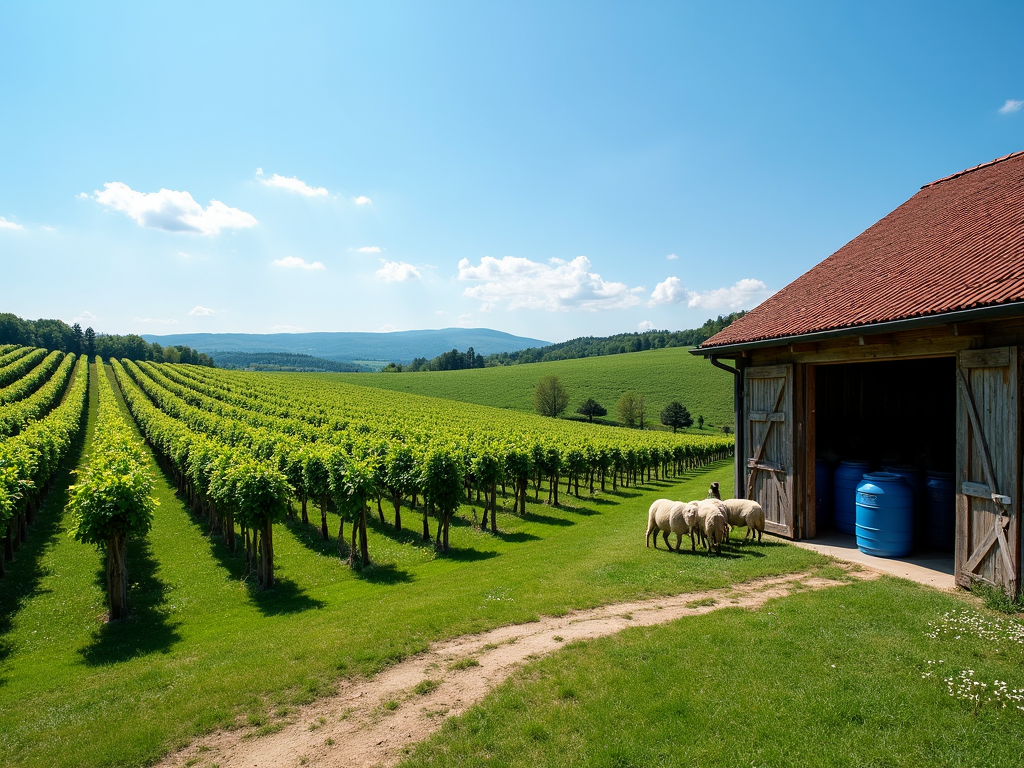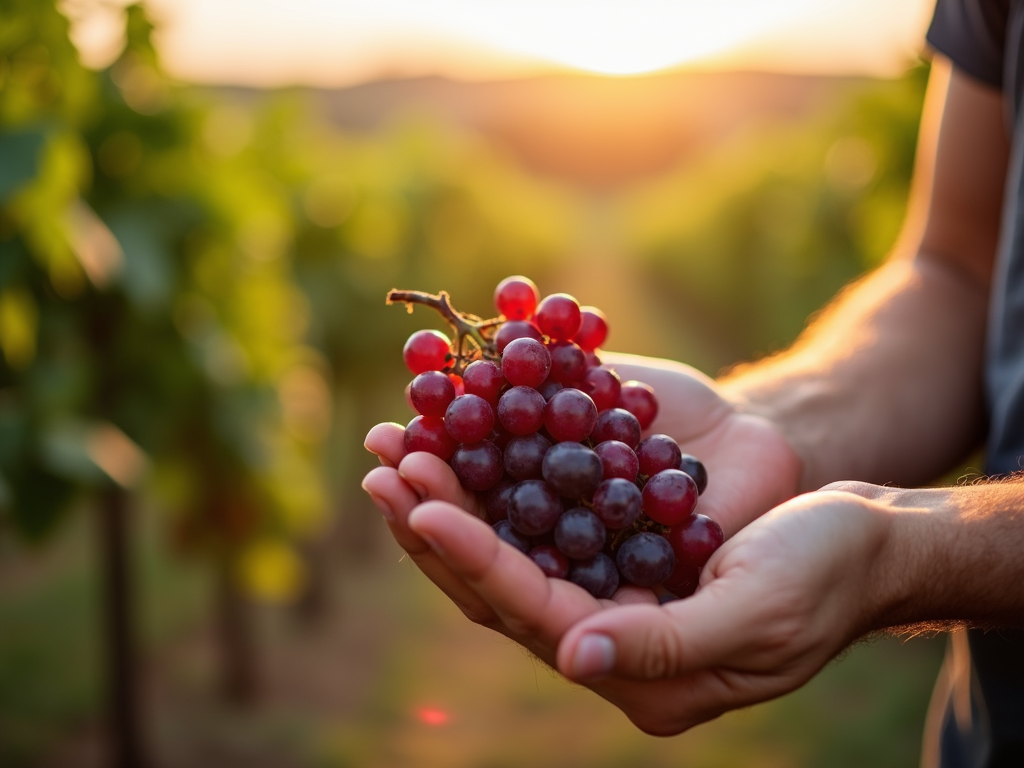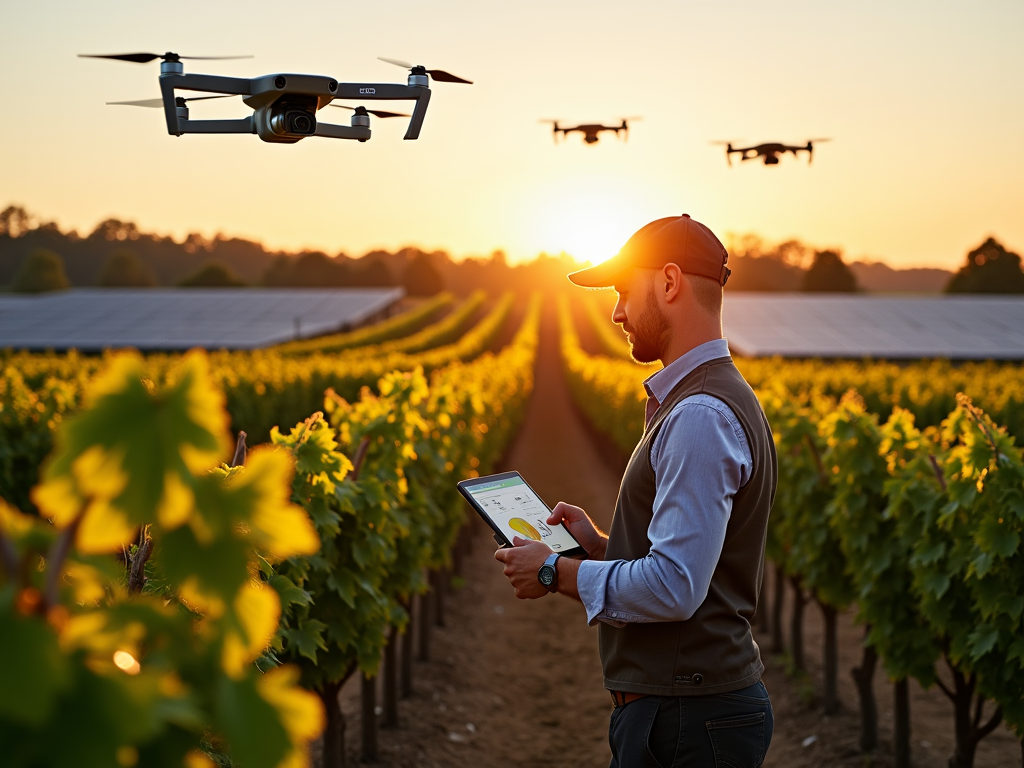Sustainable Winegrowing: A Practical Guide to Eco-Friendly Winemaking
Sustainability matters more than ever, and the wine industry is taking notice. This guide explores Sustainable Winegrowing: A Practical Guide to help you understand eco-friendly winemaking. From practical tips to brand comparisons, we’ll show you how to enjoy great wine while supporting the planet.
So, what is sustainable winegrowing? It’s a way of making wine that protects the environment and supports the people who grow it. Think less water waste, healthier soils, and thriving ecosystems. It’s not just about the wine—it’s about keeping vineyards alive for years to come.
I once visited a small vineyard in Oregon. The owner showed me how they use sheep to mow the grass between vines. No noisy machines, just nature doing its job. They also collected rainwater in barrels to irrigate the grapes. Seeing it in action made me realize how simple and smart these methods are.

Let’s break down some Sustainable Practices in Modern Winemaking. These are easy steps vineyards take to go green:
- Water Saving: They use drip irrigation to give plants just enough water.
- Organic Growing: No harsh chemicals—think natural compost instead.
- Wildlife Support: Planting flowers to attract bees and birds.
- Energy Use: Solar panels power the winery.
- Recycling: Turning grape leftovers into compost.
How do big names stack up? Here’s a quick look at Jackson Family Wines vs other wine brands in sustainability:
| Brand | Key Green Moves |
|---|---|
| Jackson Family Wines | Solar power, water recycling, organic fields |
| Other Brands | Some go organic, others cut energy use or waste |
Jackson Family Wines stands out with its all-in approach, but others are catching up.
Switching to sustainable ways isn’t always easy. It can cost more upfront—like paying workers to weed by hand instead of spraying chemicals. But the payoff? Better grapes, happier ecosystems, and customers who care. It’s a win for everyone in the long run.

Ever noticed those little labels on wine bottles? Some say “Certified Sustainable” or “Organic.” They’re like a badge of honor, showing the wine was made with the planet in mind. Next time you’re shopping, grab one—it’s a small choice that adds up.
Now, let’s talk about The Rise of New World Wines: A Comprehensive Guide. New World wines come from places like the U.S., Australia, and South America. These regions are newer to winemaking and often lead the charge in sustainability. They’re not afraid to try fresh ideas.
Here’s a peek at some New World spots and their green tricks:
- California, USA: Lots of organic and biodynamic vineyards.
- Marlborough, New Zealand: Big on saving water and boosting nature.
- Mendoza, Argentina: Solar power and smart watering systems.
- Margaret River, Australia: Organic growing and less waste.

I tasted a sustainable Pinot Noir from New Zealand once. It was crisp and bright, and knowing it came from a vineyard that protects its land made it even better. New World wines prove you don’t need old traditions to make something amazing.
What’s next for sustainable winegrowing? More tech, like sensors to track soil health, and bigger consumer demand. People want wines that taste good and do good. Vineyards that adapt will lead the way, and we’ll all benefit from cleaner air and tastier drinks.

Here’s the bottom line: Sustainable Winegrowing: A Practical Guide shows us how to enjoy wine without hurting the earth. Pick a bottle with a green label, support brands like Jackson Family Wines, and sip knowing you’re part of something bigger. It’s that simple.